We moved out of our house after giving away most of our worldly possessions, aka stuff, at the end of June 2017 and have been nomadic since.
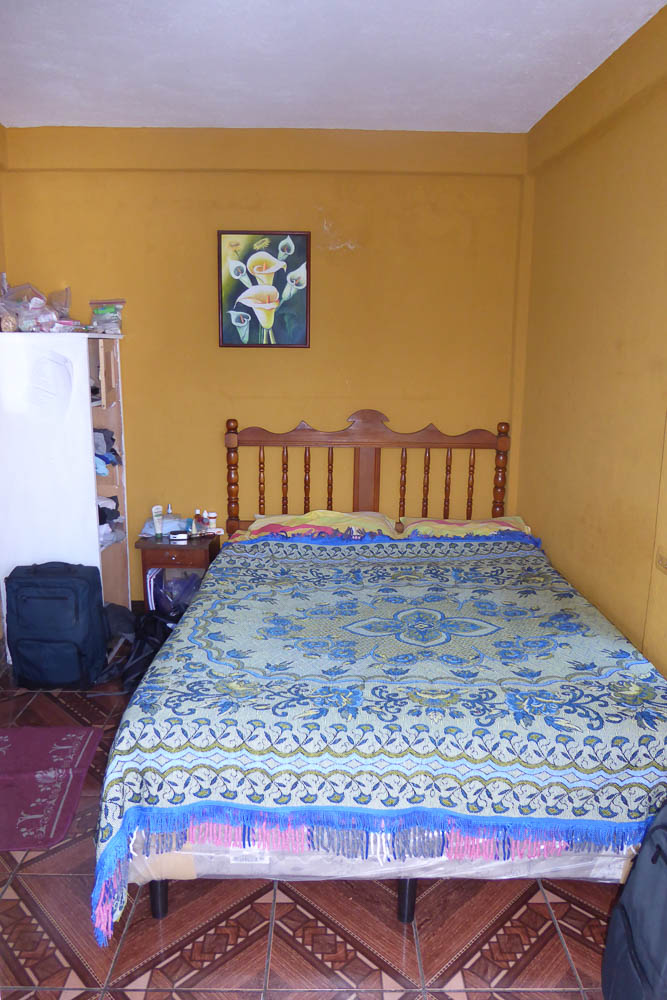
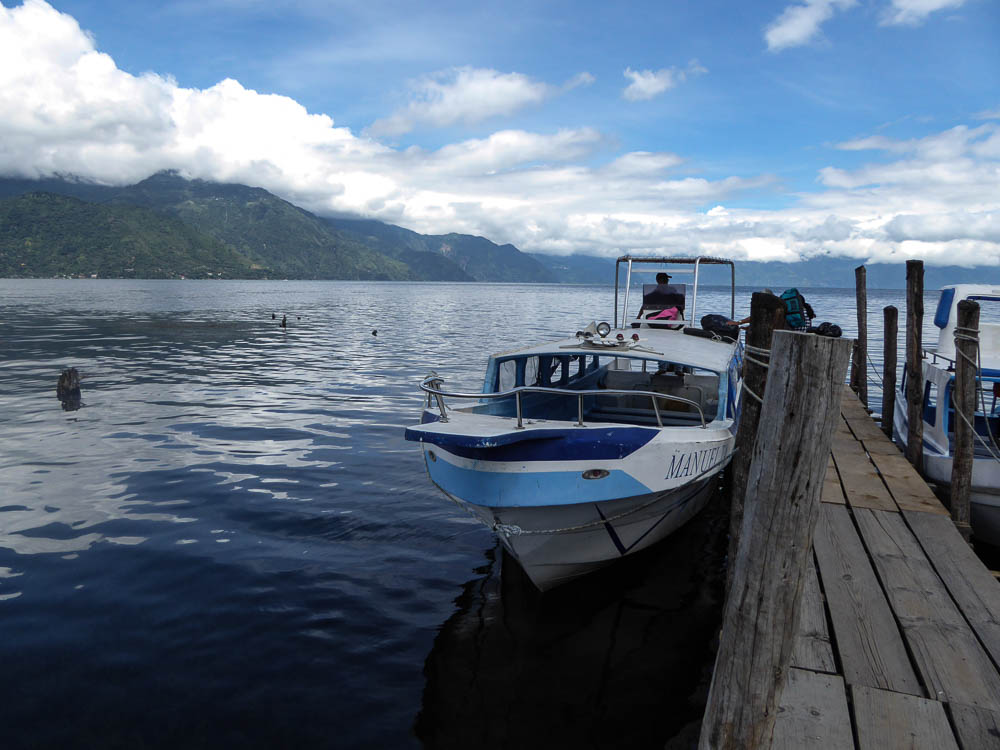
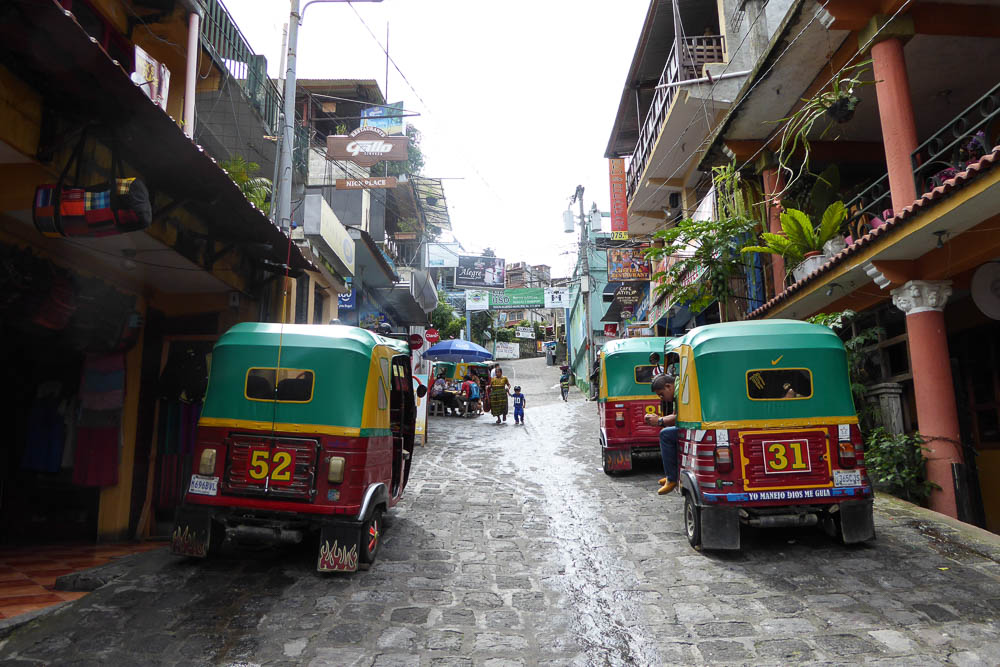
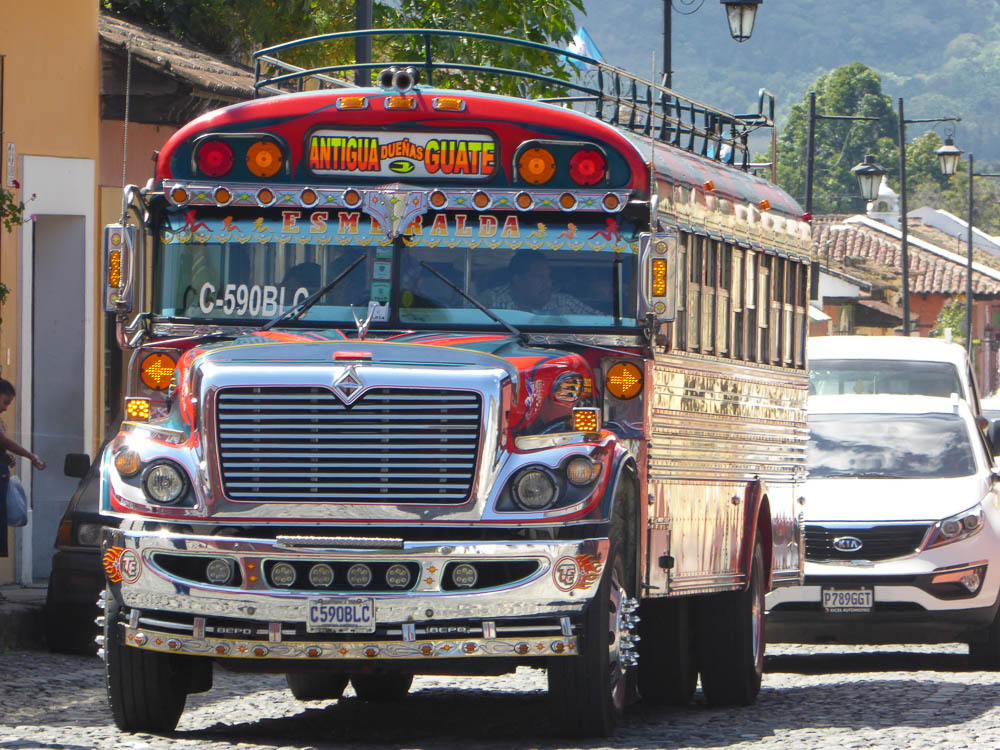
As we just finished a transatlantic cruise to begin the Europe leg of our trip, following a whirlwind three weeks visiting family and friends, taking care business, such as paying taxes, etc., we thought it would be a good time to reflect on our experiences so far and our plans going forward.
Travel Fatigue
We realize that we are extremely fortunate to be able to pursue our dream of nomadic long term travel.

However, in the interest of full disclosure, nomadic long term travel can get a bit tiring. When reading about the experiences of other long term travelers, a recurring theme was that at some point we were going to hit a wall, referred to as travel fatigue. When the joy leaves, seeing new sights becomes a chore, and a longing occurs for home, or at least some place to call “home” for awhile.
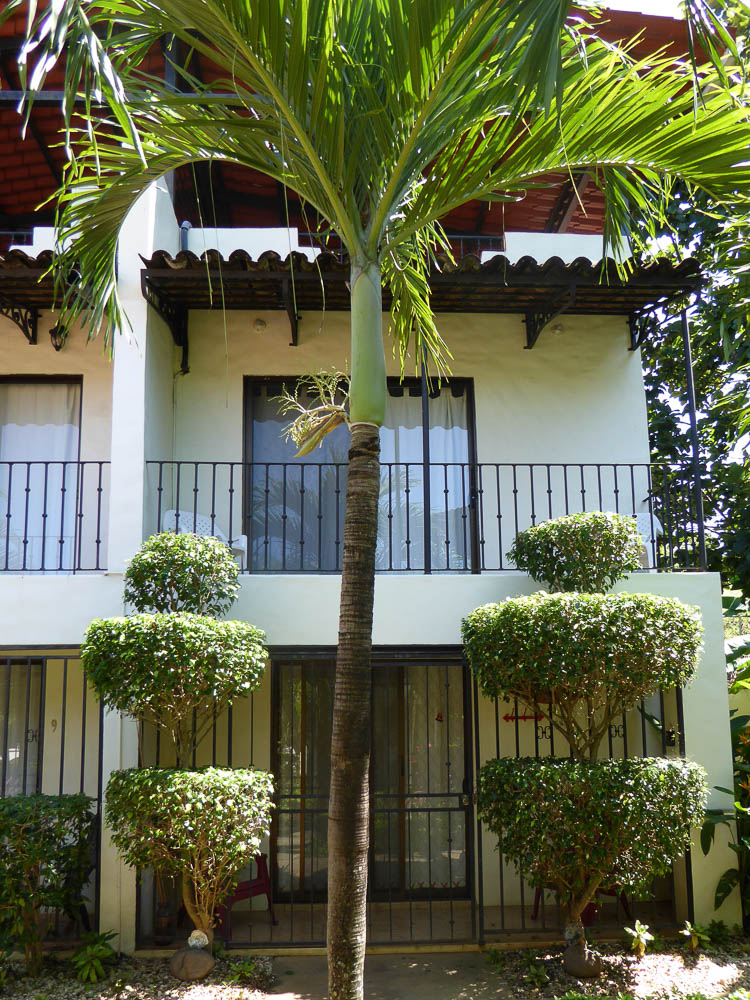
We were assured that it was temporary, the joy would return, and the best course of action is to slow down and stay put. This situation was one of our reasons for wanting to keep our travel plans as flexible as possible.
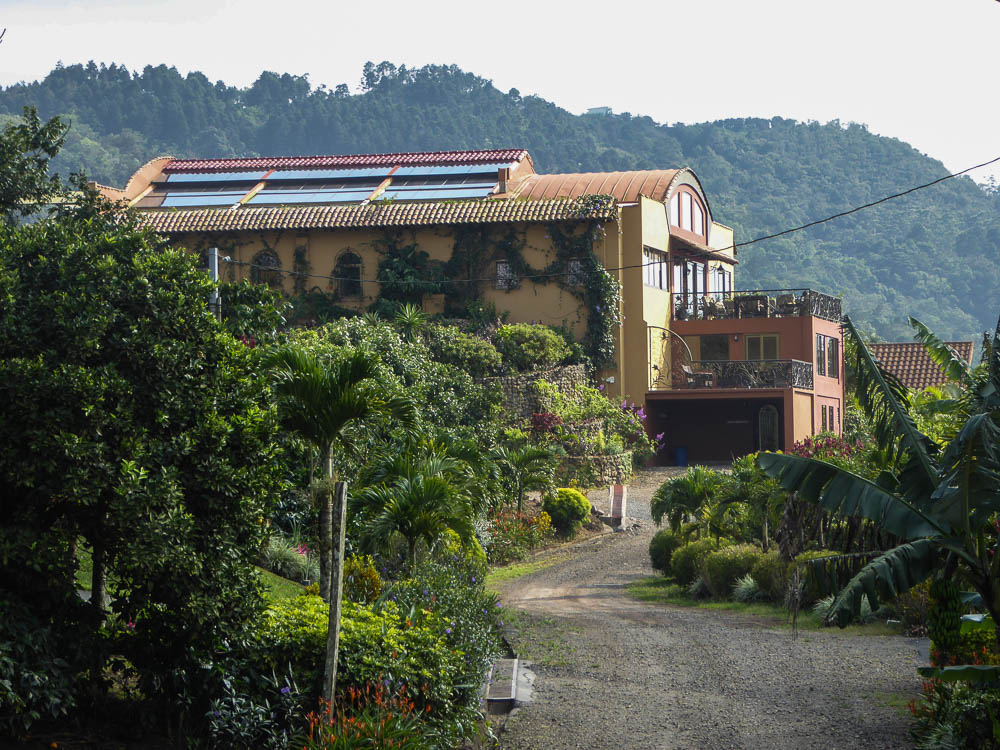
Booking Medellin for 5 weeks seemed the perfect opportunity to head travel fatigue off before it occurred.

We made two mistakes. When we arrived in Medellin, we weren’t at the point of fatigue yet so we did a 3-day getaway to Guatape

and then an 8-day getaway to coffee country.
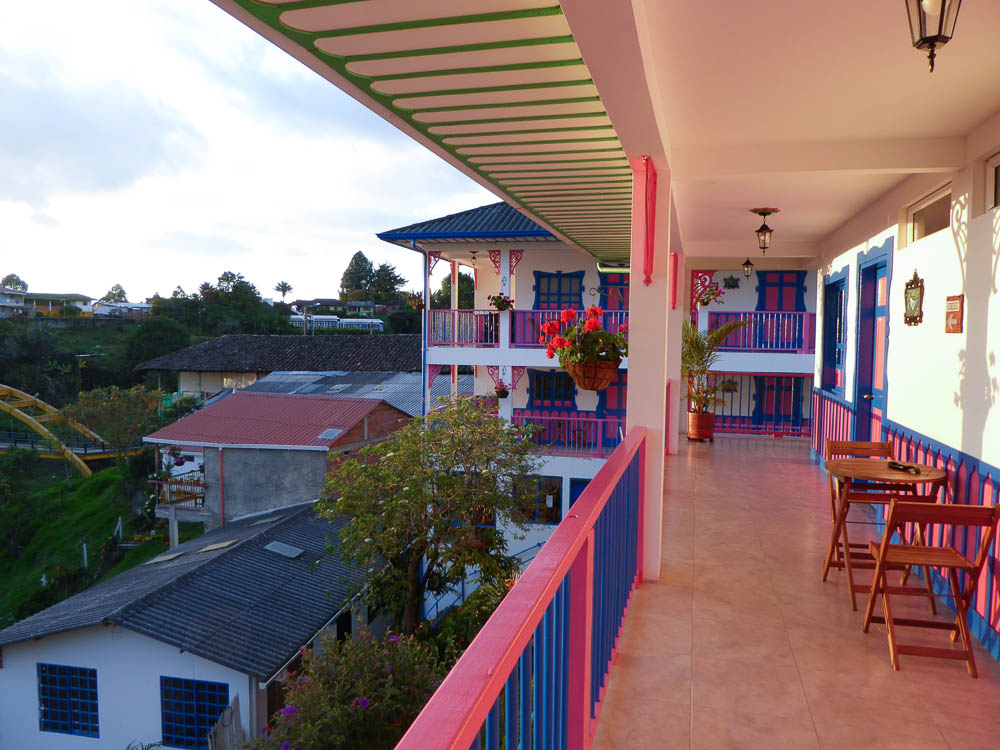
While we don’t regret doing those two side trips, what we should have done was spend four weeks in Medellin recharging our batteries and then do Guatape and coffee country.
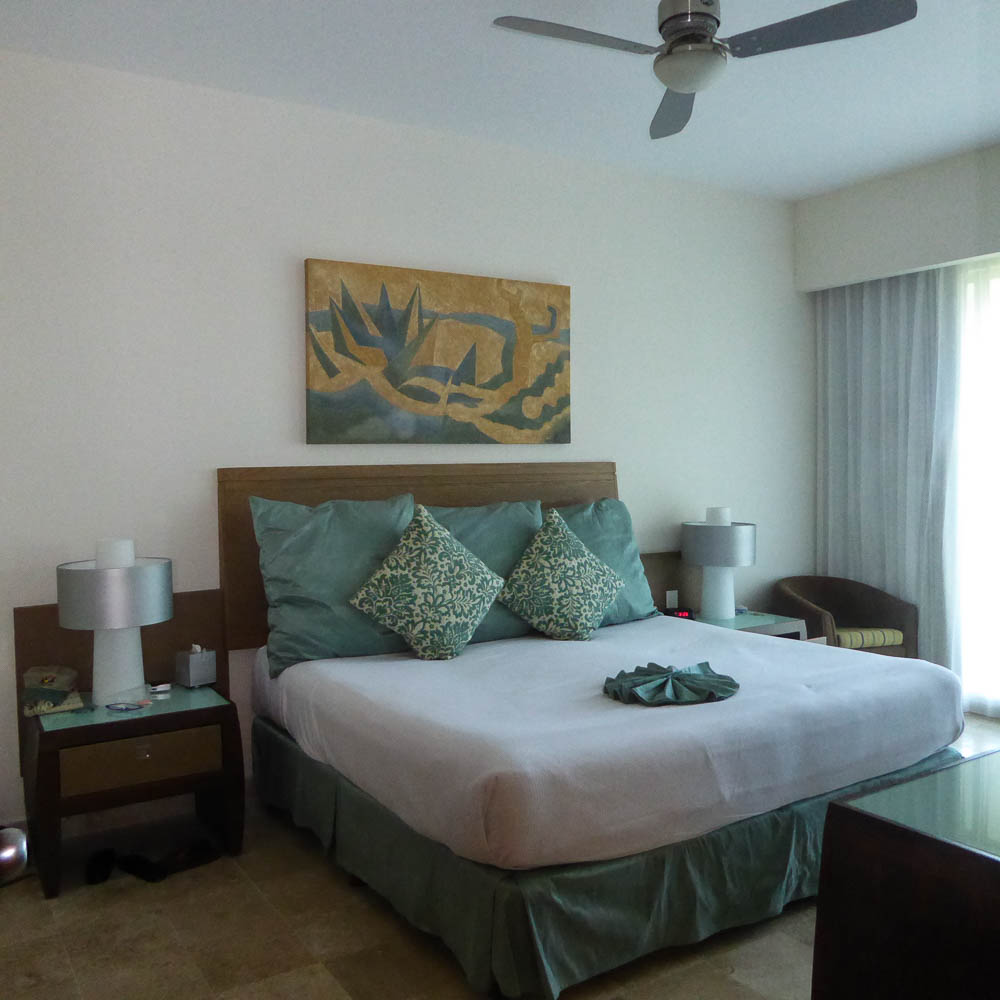
A few weeks later as we were enjoying ourselves along the Mexican Rivera in our Playa del Carmen Airbnb, a minor issue occurred at just the wrong moment, we had a meltdown, and travel fatigue set in. We knew we should just stop and stay put until it passed, but because we were traveling during peak season, we had been forced to make accommodation reservations ahead of time, we were stuck, and had to soldier on even though we weren’t enjoying it as much.
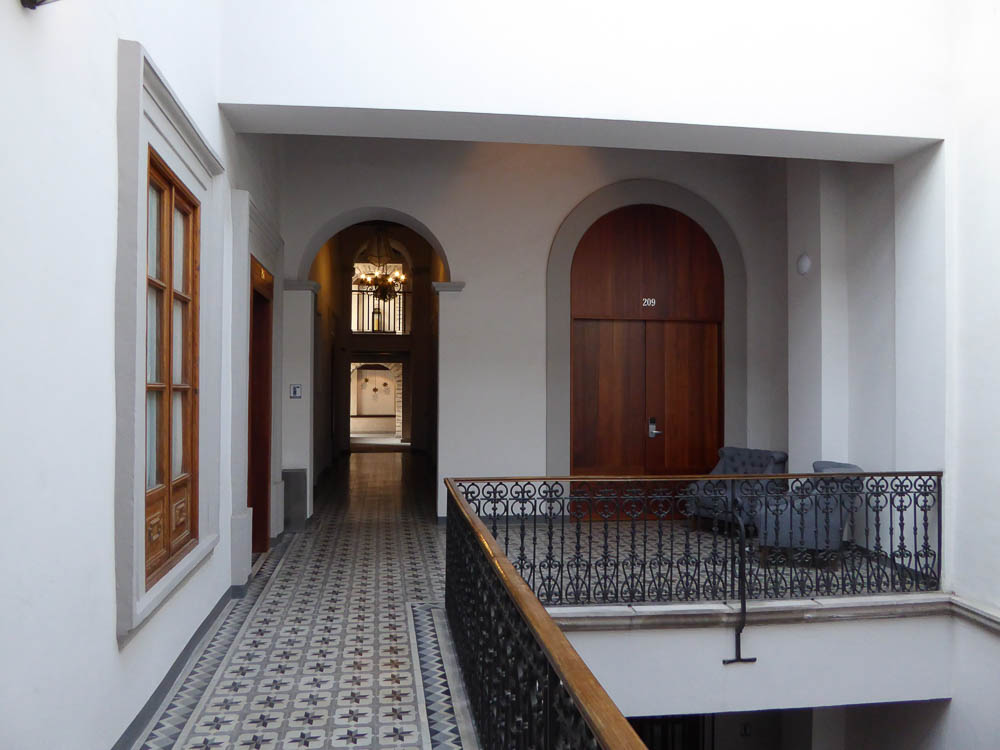
Luckily, we had two weeks booked in the charming Guantajato apartment
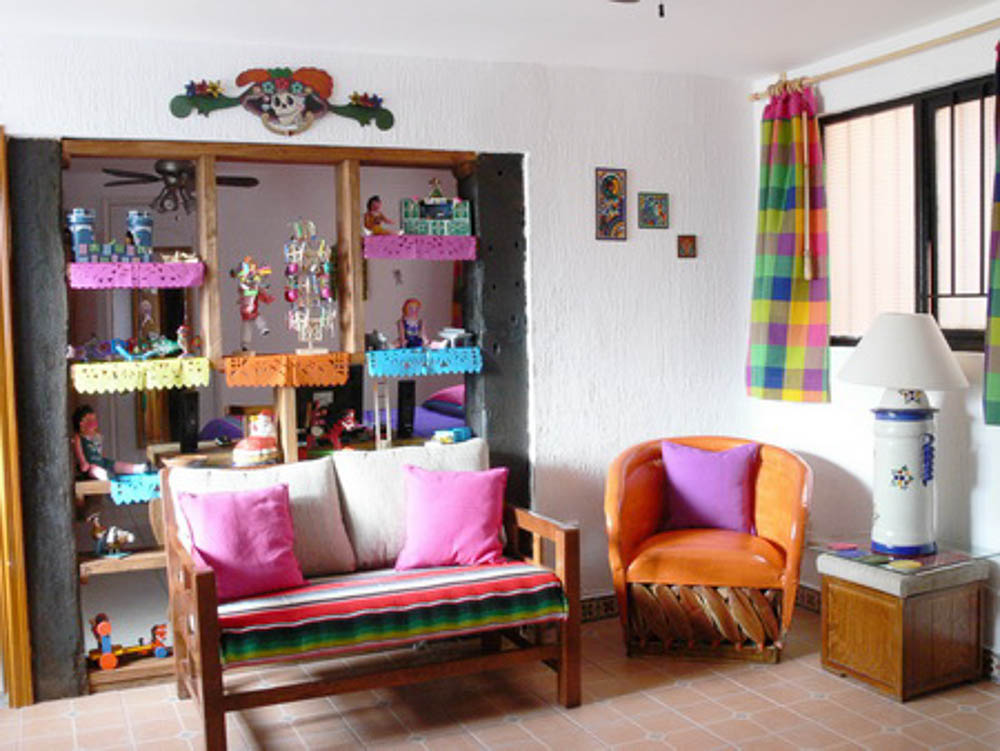
and that refreshed us enough until we were headed back to the US a couple weeks later.
Surprisingly after spending three weeks visiting family and friends, moving rapidly from location to location, the fatigue seemed to dissipate even more. Perhaps it’s because daily tasks are easier in our native country since we speak the language, are aware of the cultural nuances, and spending time with family and friends is refreshing in its own way. Ann, although she cherished this time, probably felt the pace of the visits a bit more challenging than Ian and was looking forward to…
The final step in our recovery was the six days we had at sea on our cruise (even though Ian had a cold for four of those). Six days where the biggest decision is what restaurant to eat at and what wine to have with dinner, that’s therapy we can get into. We are now fully refreshed and rearing to go.
Airbnb Accommodations
In addition to the fatigue, we’ve also realized that we were spending too much time each week lining up our following week’s accommodation, primarily Airbnb. It takes considerably longer to find the right Airbnb than a hotel room because each one is unique, quality is on a wide spectrum (being generous). So it requires spending a lot of time scrutinizing each picture and scouring each review. As a general rule, if something is not pictured or mentioned, it’s not there, i.e. couch, comfortable chairs, dining table, washer, etc. We were spending an average of four to eight hours a week searching, reading reviews, etc. for each property that we booked.

Changes for Travel in Europe

Because of the lessons learned, we are going to try changing things up for Europe.
- We will try going back to our original idea of not booking very far ahead, the difference being that while we had a set itinerary in Latin America which limited our flexibility, in Europe we are going in without a set itinerary. If when we are ready to book our next destination, we can’t find a good deal on accommodations and transportation at one town we want to visit, we will visit one where we can get a good deal. We have decided to embrace the serendipity, time will tell if it works out.
- If the above doesn’t work out (so far Spain hasn’t been cooperating), then we will schedule two to four week stay-put stints about every month using the calendar as a guide.
- It’s the great conundrum for travel, there are so many places to see, finding the optimal balance is a fine line. We are trying to embrace (as another blogger put it) becoming at peace with not being able to see everything in one lifetime.
Note: This plan is still a work in progress.
Our original outline was to be in Spain/Portugal May and June and then, because of Schengen Area restrictions discussed here, leave the Schengen Area holding a little time in reserve before our return flight to the US in early October (which we already booked because Ian found a great deal on business class flights, Madrid to Chicago for $160 and 23000 Iberia Avios points each). So at this point the canvas is wide open.

After much discussion and getting a feel for transportation costs, we will be leaving Spain at the beginning of June and heading to Croatia. It’s hard to believe but we are able to fly from Spain to Croatia for less than a train or flight to Portugal, plus we wanted to hit coastal Croatia before the crush of summer travel hits. This revised itinerary also means that we’ll have used up only about 30 of our 90-day Schengen Visa, giving us more flexibility if we want to visit Northern Europe during the heat of July and August, or try Portugal and Northern Spain in September before heading back to the US. But right now, after Croatia everything is still up in the air, where we think we like it.
Nomad vs. Home Base
As much as the romantic idea of 100% nomadic travel appealed to us in the beginning, the reality is that after 10+ months on the road at the pace we are traveling, it is too tiring. Our options were:
- Truly embrace slow travel spending 1-3 months in a location as a temporary home base, with short spurts of quicker travel mixed in.
- Use our rental house outside Phoenix as our temporary home base when it’s not rented and do shorter 2-3 month trips. We don’t have this option with the San Diego condo since it’s rented full time.

With the repeal of the individual ACA mandate, option 2 becomes more practical. That’s the direction we are leaning right now. Travel in the winter for 4-5 months while the house is rented and then travel 3 months in the summer when Phoenix is too hot. The other advantage is that Ann could buy an annual travel insurance policy, which would save us money; it would also mean that she will be protected in the event of a future condition that would prevent her from getting a travel insurance policy. The only restriction is that we have to return to within 100 miles of our place of residence at least every 90 days.
Problems Encountered
We ran into a couple of unexpected issues with our virtual mailbox which has lead us to change residency.
- We’ve found that the virtual mailbox has a few flaws. When trying to open a bank account, we were not able to use our mailbox address, the same when Ann needed to do anything with Medicare. Both needed a physical address. Since we don’t have one in San Diego anymore, we started using Ian’s parents address in Phoenix. Then we realized a potential problem: each state, Arizona and California, might claim us as residents, and California is known to be very aggressive. We had no desire to get caught up in that tax fight.
- Our current plan is that while our income is low (before we both start collecting Social Security) is a perfect time to maximize the lower tax brackets and move money out of tax deferred accounts (IRA’s, 401K, 403B) and into either taxable accounts or convert them into Roth IRA’s. This will allow us to reduce the future impact of Required Minimum Distributions (RMD’s) which kick in at age 70 ½.
So given these issues, when we were back in the US in the spring, we changed our residency from California to Arizona. This change has the side benefit of letting us vote in a state that appears to be getting more purple every year.
Full Time vs. Part Time Expat
We’ve been asked a number of times, what’s our thinking on the whole expat or not question? To be honest, we are having a bit of an identity crisis. Since we’ve been in Spain, we’ve fallen into tourist mode, seeing the sights, choosing destinations, etc., with an eye towards not missing the things we are supposed to see. We’re only human (and humans who love travel, at that) after all, and Spain has so much to offer. We haven’t been focusing on visiting destinations that might be better locations to be an expat. Even after we leave Spain, we are going to Croatia. Croatia is not on our expat radar, especially Dubrovnik and Split, where we are going; it’s relatively expensive and has tons of tourists. We’re going because Croatia is someplace we’ve wanted to go for quite a while. It’s a bit of a conundrum. Do we continue in Europe as tourists or find a less expensive place and stay longer, get more into the culture (not so easy with the language challenges), tap into the expat community? In other words, should we move more along the (tourist, traveler, expat) spectrum toward travelers, with an eye towards returning to a place and spending even longer?
We still love the travel and at this point are not ready to commit. Our current thinking is that two part-time destinations make the most sense for us, perhaps Colombia for the winter and somewhere in Europe for the summer. Ian’s health insurance situation might in the future change this plan and require us to stay put some place outside the US until he qualifies for Medicare.
With our reduced expenses as we’ve highlighted in the last post, and our desire to continue travel, Ian has decided that he will not resume working after we return from Europe. Our savings and small income seem sufficient to provide the lifestyle which we enjoy.
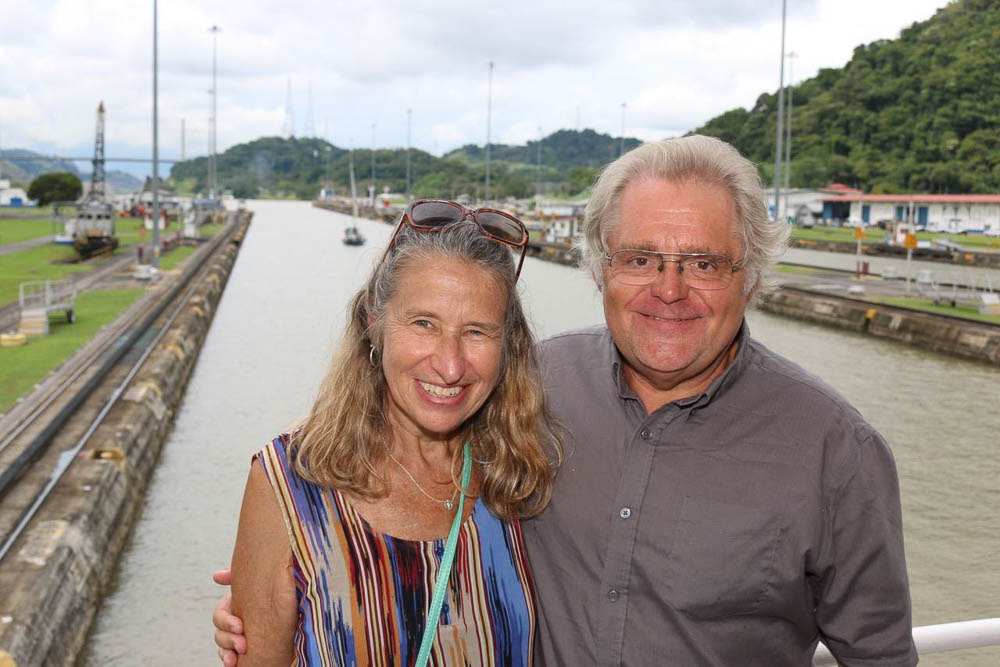
Note: All photos are either a method that we’ve used to travel or an example of our accommodations. Except the first and last.
Enough of this rambling, let’s explore Europe.
Next Up: Valencia, Spain
Ian & Ann


11 Comments
I appreciate this article. Started traveling long term in February in South America with an eye to possible places to move as well. Travel fatigue is definitely real and interesting. Good luck with your European travels!
Hi Christine,
Where have you been traveling in South America, and where are you still planning to go? Any particular location that stands out for you?
Thanks for your good wishes and same to you.
Ian & Ann
“at peace with not being able to see everything in one lifetime”
Travelers focus on one type of experience, sometimes at the expense of different types of experience. If you travel fast, you only get a fleeting observation of each location – observing the residents as if they lived in a zoo. By staying longer in places and interacting with the residents as much as you can, you get a feel for what life is or could be like there.
San Diego is a center of diversity. I could experience a broader appreciation of that diversity if I mingled more with other groups in the area like an expat to my clique. But I don’t mingle enough with anyone these days. I should probably socialize more diversely just to challenge my stereotypes and my ethnocentric routines, and that might seem like traveling the world in my own backyard.
Hi Art,
Wow! And double wow!! Would you like to write for our blog? Thanks you so much for sharing your thoughts with us. What would you consider a time frame in order to move beyond “observing residents as if the lived in a zoo”? Please keep us posted on your traveling the world in your own backyard – fits with your carbon footprint beliefs.
Ian & Ann
It makes me so happy to know that the adventure continues and it just keeps getting better even with the hiccups along the way. #lifegoals#
Happy travels!
P.s- food pix would be greatly appreciated to fantasize and torture myself at the same time haha 😊
Hi Areceli,
Thanks for your good wishes. We can’t tell you how many times we’re halfway through a meal when we realize we should have taken a photo at the beginning. Per your request, be on the lookout for more food pix, especially on FB.
Ian & Ann
Yes! Food pics! I am excited to hear about your European adventures, as you know that’s more my speed than Central / South America. I like the idea of going where a good deal comes up, or an opportunity arises….makes it more like an adventure. The part time travel, part time Arizona sounds perfect, like the best of both worlds! Enjoy!
Hi Yvette,
So glad you approve! Bet you’re looking forward to your Europe trip, coming up soon. As for food pics, please see reply to Araceli’s comment.
Ian & Ann
Kudos on your blog…. again! Great information and delightful pics!
Very very interesting to hear about your tentative conclusions, Our current thinking is that we also want to travel maybe 3 to 5 months a year where we have a home base location with lots of side trips. We will be real interested in the ‘support details’ of your long term travel adventures. Details regarding annual travel insurance for Medicare enrollees, mail forwarding options that work the best, how to choose long term condo/apartment/home rentals. I was thinking that perhaps we would initially stay at a hotel and actually visit the long term listings before committing.
Hi Den,
Thanks, yes we would probably end up traveling about 8 months a year if we stay with our current thoughts. Three months in the summer and five months in the winter. Three to five months sounds like a good plan for you, we’re assuming that would be mostly in the winter. If we end up getting Ann an annual travel policy, that will occur sometime in October once we are back in Phoenix and we’ll update the health insurance post, with a mention in the latest post. Mail forwarding hasn’t changed since we posted the blog post last fall, still using Virtual Mailbox and have been very happy with them. The problem with waiting until the last minute is that the less expensive better places on Airbnb and other sites are the first to go. Depending upon season, this could be 2-4 weeks, which is what we are seeing in Spain now, to months ahead, which is what we were seeing in Mexico for peak season last year. The only reason we got the apartment in Guanajuato was because someone cancelled. Our house in Phoenix is already rented for next season, December 1st through May 1st. Our property manager says that is typical, as people who go to the same place year after year lock down the next year before they leave. If you are going in low season, no problem, but we’re guessing you are thinking someplace warm, so you will be in peak season.
Ian & Ann
Hi Den,
A few more thoughts about getting apartments last minute. Some of the bloggers that I follow have posted about their experience finding apartments short term (1-3 months) you might find them useful.
https://www.youtube.com/watch?v=LDNrHGK36ec
https://www.neverendingvoyage.com/how-we-find-apartments-around-the-world/
https://www.neverendingvoyage.com/how-we-find-apartments-around-the-world-part-2/
https://www.neverendingvoyage.com/find-apartments-around-world-part-3/
https://www.neverendingvoyage.com/find-apartments-around-world-part-4-2014/
Ian & Ann